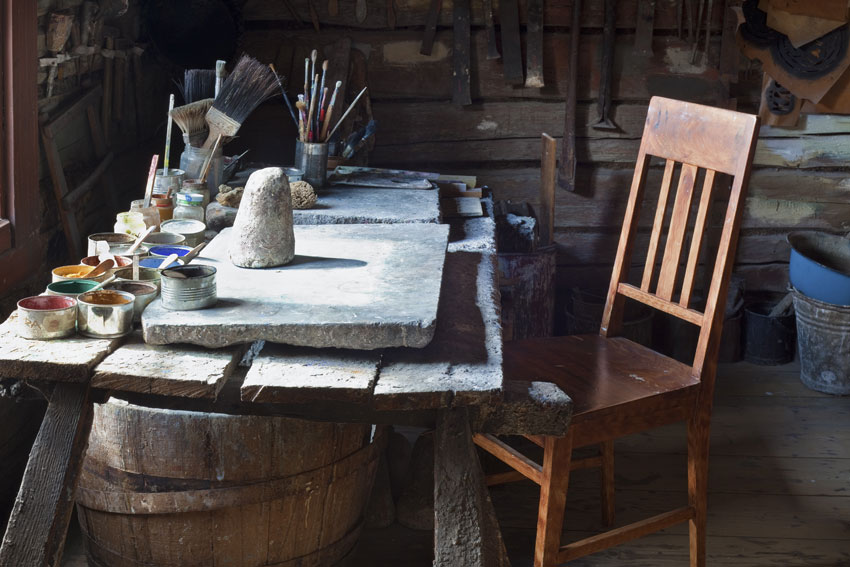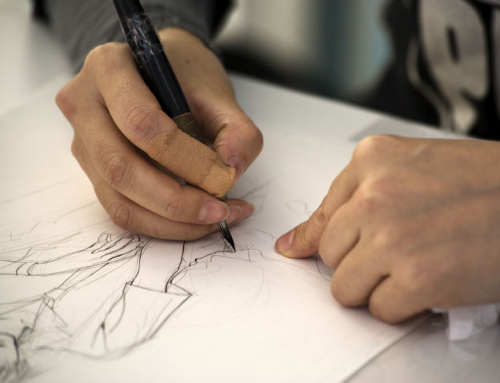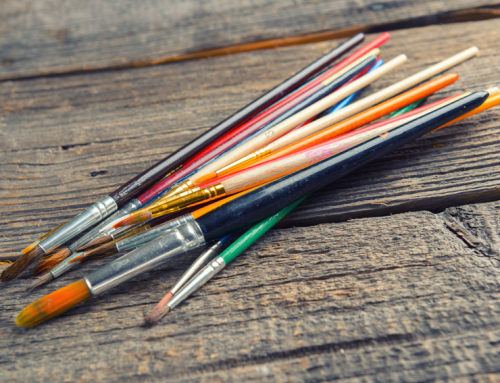Alla Prima painting, roughly translated “all at once,” is the fastest way to paint in oils. It includes a wide range of variations, all of which involve direct painting as opposed to mixing thin layers of transparent colors and then glazing one color over another.
In alla prima painting, your goal is to work fairly quickly in order to complete the painting in one setting, or at least, before the paint has a chance to dry.
Since oil paints dry so slowly, this may mean that you take two or three days to complete a painting and are still able to employ “wet-on-wet” techniques.
Painting quickly doesn’t mean painting blindly or sloppily. You should still make an underpainting in one form of dry medium or another (dry media simply because that will allow you to start painting sooner.
You can use oil paint as an underpainting if you wish and still paint in an alla prima style) so that you know the direction you want to take in your painting. If you’re a beginner, keep your first paintings small and simple. A still life of a single object is a perfectly wonderful way to begin.
As you become more familiar with the medium, you can introduce more objects, more complexity, and more colors.
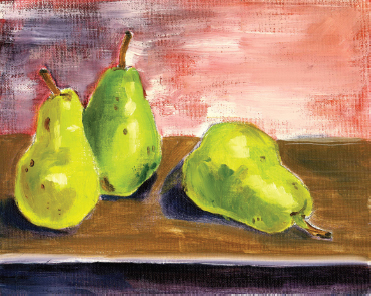
Alla prima paintings usually begin by using thin washes of color thinned with turpentine to quickly block in the largest elements of the composition.
As you add more color and texture, you start making the layers “fatter,” so that you’re always layering fat over lean. Fat colors are dark, typically, or have linseed oil or other oils added to make them fat.
Use both soft and bristle brushes in alla prima painting, as well as a palette knife. The palette knife (or knives) will come in handy not only to mix the colors on your palette, but in several alla prima techniques, to actually apply the paint to the canvas as well.
Many styles of alla prima painting call for direct application of color to the canvas, with color mixing happening on the canvas instead of before application.
These approaches use stiff brushes that can withstand dabbing and dotting color on the support again and again. Soft brushes are better suited for smooth, blended passes of color.
After painting with a brush, you may choose to change the texture of the paint by layering in more color with your palette knife, or by scraping paint off the surface with the palette knife.
Or another alla prima technique, dry brush, means keeping the paints as dry as possible and letting the rough texture of the canvas show through for a soft, almost airy look. All of these approaches have their place in the alla prima repertoire.
If you want to keep your oil colors wet for more than a day or two, you can add an extender such as oil spike of lavender to delay drying time even further, or you can change the consistency of your paint by experimenting with additives such as liquin, copal varnish, or sun-thickened linseed oil.
Additives will make the oil colors more glossy, runny, or transparent, depending on what you use.
Want To Learn More …
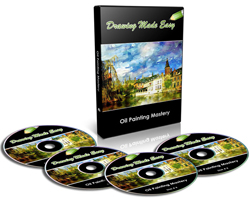
We have created Oil Painting Mastery so that with this simple step by step oil painting lessons you’ll be able to create masterpieces in record time – and this goes regardless of your previous experience.
With clear (and fun) instructions on how to draw … you’ll learn at your own pace in the comfort of your home.

